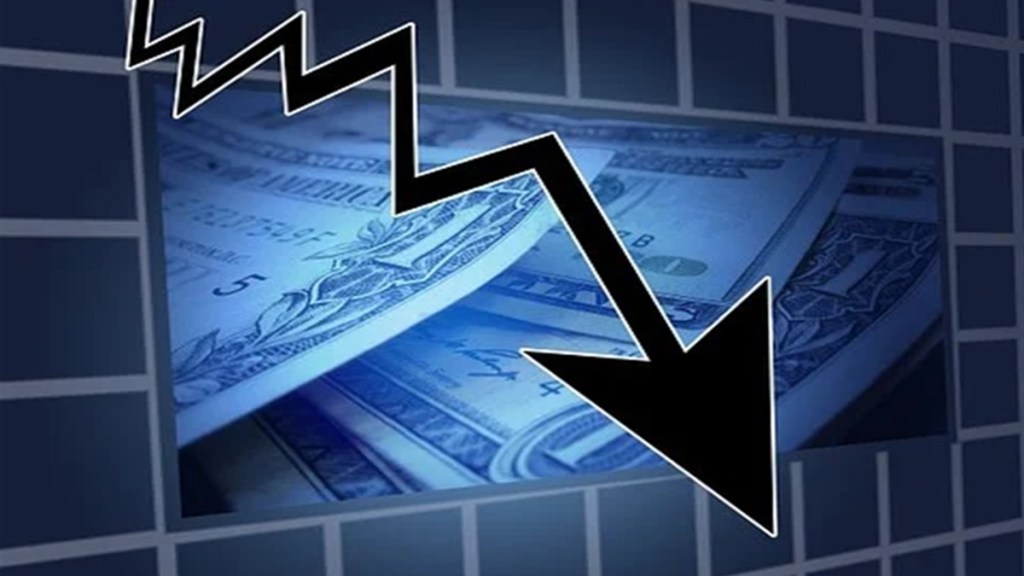US stocks saw their worst one-day fall for 2023 with stock prices falling sharply on Tuesday. Significantly, the Dow 30 index turned negative for the first time this year and closed 697.10 points lower at 33,129.59, a fall of 2.06%. S&P 500 was lower by 2% and closed at 3,997.34, while the Nasdaq Composite index fell by 2.50%.
So, what is driving the stock prices lower? Perhaps it is the fear of the unknown about the peak interest rates that the Fed will finally reach before pivoting.
Investors are concerned that the Federal Reserve would continue to raise interest rates in order to keep inflation under control. The Federal Reserve may continue raising rates till the labour market remains tight and consumer demand is strong. The action in the US stock market marked a shift in public perception of interest rates. Investors expect the federal funds rate to rise to around 5.3% in June.
Also Read: S&P 500 can drop 26% in the first half of 2023, says Michael Wilson of Morgan Stanley
Any increase in unemployment data or a fall in retail sales figures may be seen as a positive factor in the current circumstances. US CPI index for February, job sector numbers and retail sales data will remain closely watched and tracked indicators by investors worldwide.
According to Morgan Stanley, the equity risk premium for the S&P 500 has now reached the “death zone” since the risk-reward ratio has become unfavourable compared to Treasuries. The six-month correlation between US stocks and bonds has risen to a 25-year high. When the benefits of diversification diminish, a selloff in one asset will probably make movements in the other worse.
The Federal Reserve releases minutes from its latest policy meeting on Wednesday, while US GDP and initial jobless claims data get released on Thursday. Atlanta Fed President Raphael Bostic speaks on Thursday and the US PCE deflator, personal spending, new home sales, and University of Michigan consumer sentiment are released on Friday.

